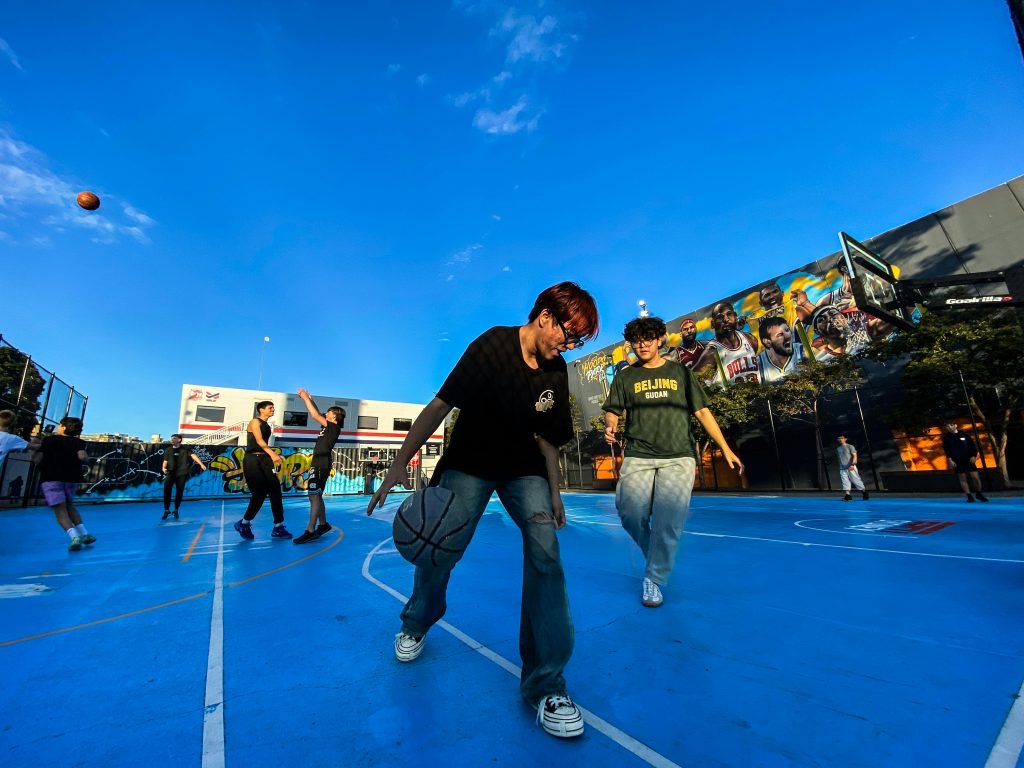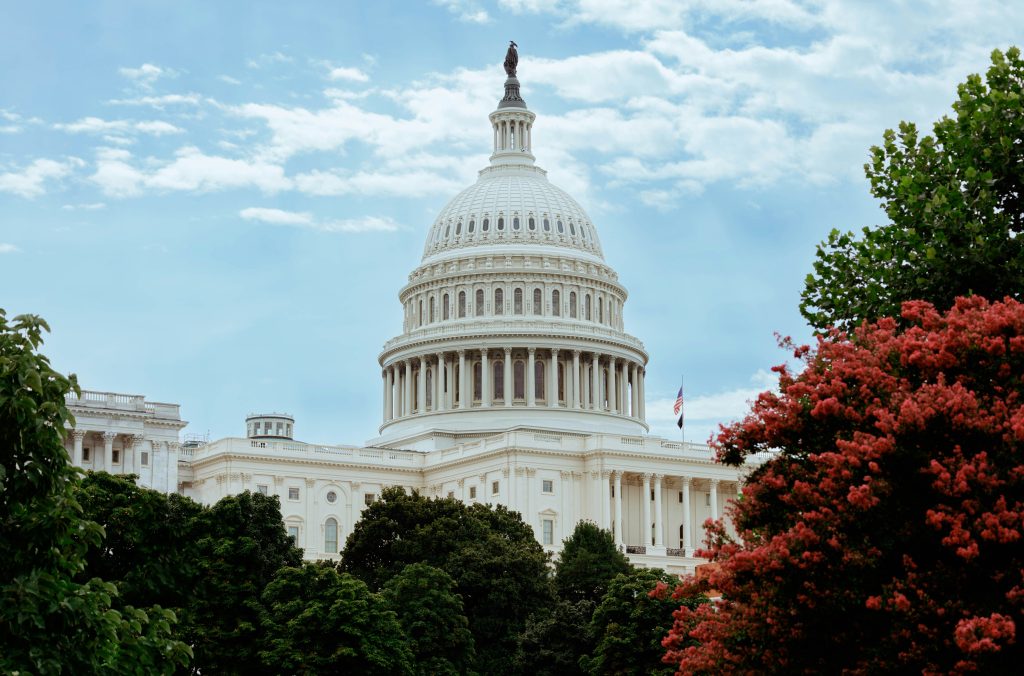JD Vance’s College Days Resurface Amid Drag Controversy
In a whirlwind of social media activity, a series of images purportedly showcasing Senator JD Vance in drag have ignited a firestorm of debate and discussion. The images, which surfaced over the weekend, depict Vance donning a blonde wig and skirt while engaging in a game of beer pong during his college years at Yale Law School in 2011. These nostalgic snapshots have not only gone viral but have also led to a reckoning of sorts regarding the senator’s previously established conservative stance on gender expression and drag culture.
Content creator and podcast host Matt Bernstein was among the first to circulate these images on platforms like X and Instagram, prompting a wave of reactions across the internet. The juxtaposition of Vance’s current political persona with his youthful escapades has stirred conversations about authenticity and the evolution of personal beliefs over time.
In light of the uproar, Vance’s team has tried to downplay the incident, asserting that he merely wore a ‘bad wig’ at a college party, an experience they argue is hardly scandalous. A source close to the senator echoed this sentiment, emphasizing that many young people experiment with costumes and self-expression, particularly in a college setting.
However, the emergence of these images has led many to question Vance’s credibility as a conservative voice against drag performances and LGBTQ+ rights. Critics have seized the opportunity to label him a hypocrite, pointing to the stark contrast between his past and present views. Out Magazine took a bold step by inviting professional drag queens to critique Vance’s actions, further amplifying the discourse around his political stance and personal choices.
This incident highlights a broader theme within the political landscape, where personal history and public persona often clash, particularly in the realm of social issues. As debates about gender identity and expression continue to dominate conversations, the reactions to Vance’s past provide a glimpse into the complexities surrounding these topics in contemporary politics.
The senator’s foray into drag, even for a fleeting moment, raises questions about the politics of identity and the narratives that politicians construct around their lives. In the age of social media, where past actions can resurface in an instant, the stakes for authenticity and accountability have never been higher. The incident serves as a reminder that everyone has a past that may not align perfectly with their present beliefs and that the journey of self-discovery is often fraught with contradictions.
As the dialogue surrounding Vance’s drag photos unfolds, it may prompt a broader reflection on the nature of political hypocrisy, the fluidity of identity, and the societal expectations placed on public figures. The senator’s experience is not just about a few photographs; it’s about the ongoing negotiation between personal expression and political ideology in an increasingly polarized world.
In conclusion, as JD Vance navigates this unexpected controversy, it remains to be seen how it will impact his political career and the perceptions of his constituents. This episode serves as a potent reminder that the past can never truly be buried, especially for those in the public eye, and that the conversations around gender and identity are far from settled. The dialogue surrounding Vance’s drag photos has opened up necessary discussions about acceptance, evolution, and the complexities of human experience in the realm of politics.
Tags: drag, hypocrisy, JD Vance, JD Vance drag, LGBTQ+
Unveiling the Controversy: JD Vance’s Alleged Drag Photo Sparks Debate in Political Circles
In an unexpected twist that has captivated social media and political analysts alike, an alleged image of JD Vance, a key figure in the upcoming presidential election, has surfaced, purportedly showing him dressed in women’s clothing and sporting a blonde wig. This image, which has gone viral, reportedly originates from his time at Yale Law School, raising questions and igniting discussions about authenticity and acceptance within the political landscape.
While some supporters have chosen to dismiss the photo as a mere Halloween costume, detractors argue that the incident highlights a deeper issue regarding Vance’s stance on LGBTQ+ rights and his ability to engage with diverse communities. “If he was more open to learning from our community we could have helped with that wig,” quipped one queer content creator on social media, emphasizing the potential for dialogue and understanding that could have arisen from this situation.
The Vance campaign has remained tight-lipped regarding the authenticity of the image, neither confirming nor denying its veracity. This silence has left many to speculate whether this incident could impact Vance’s political prospects, especially as he was selected by former President Donald Trump to be his running mate in the forthcoming election.
As the political arena becomes increasingly polarized, the implications of Vance’s alleged past choices are more than just a matter of personal history; they reflect the ongoing struggle within the Republican Party to reconcile traditional values with the evolving views of younger voters. The image has not only reignited debates about the acceptance of diverse identities within conservative circles but has also prompted discussions about the importance of transparency and authenticity in political representation.
Furthermore, the backlash and support surrounding this controversy underscore the critical need for political figures to engage sincerely with issues that resonate with their constituents. As Vance’s campaign progresses, it remains to be seen how this incident will shape public perception and whether it will affect his standing as a candidate.
In a broader context, this incident may serve as a wake-up call for politicians across the spectrum, urging them to embrace a more inclusive and understanding approach to issues of identity and expression. With growing visibility and acceptance of LGBTQ+ individuals in society, political figures must navigate a landscape that increasingly values authenticity over antiquated norms.
As the election approaches, the focus will likely shift from this singular incident to the broader implications for Vance’s political journey and the potential shifts in voter sentiment that could arise from such controversies. The discussions sparked by the photo of JD Vance in drag are not just about one man’s past; they represent a larger conversation about the future of political engagement and the necessity for leaders to embody the values they advocate.
In conclusion, the alleged photo of JD Vance has opened a Pandora’s box of discussions surrounding identity, representation, and the evolving political climate. As voters become more discerning and vocal about their expectations from their representatives, it is clear that the political landscape will need to adapt to meet these demands. Whether this incident will ultimately hinder Vance’s campaign or provide an opportunity for growth and dialogue remains to be seen, but it certainly sets the stage for a politically charged election season ahead.
Tags: drag controversy, JD Vance, JD Vance drag, LGBTQ+ rights, political authenticity


